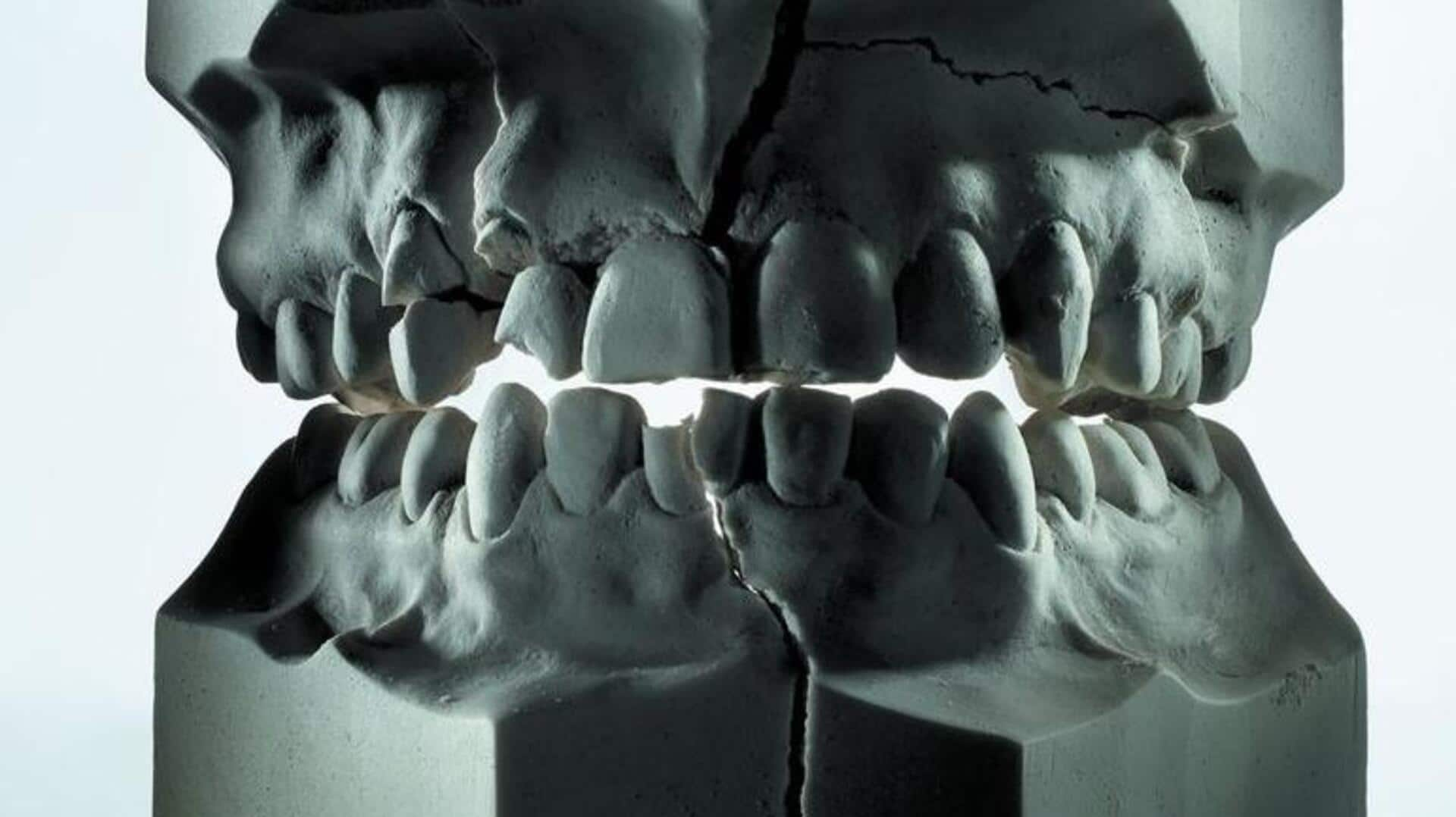
Scientists unearth pathogens from 800-year-old teeth: Here's how
What's the story
Scientists have discovered a new method to identify pathogens our ancestors encountered by analyzing antibodies extracted from 800-year-old teeth.
This groundbreaking study could help us understand the development of human antibodies throughout history and improve our knowledge of the immune system's evolution.
Researchers from the University of Nottingham and University College London took part in the study.
Details
Affinity purification revealed a medieval virus
The team used affinity purification, a process that identifies molecules based on their binding to other molecules, to retroactively identify antibodies and the pathogens they were designed to combat. In this case, antibodies from medieval teeth recognized the Epstein-Barr virus, which causes glandular fever.
What Next?
Paleoproteomics played an important role in the study
Paleoproteomics, an emerging field that uses advanced chemical analysis techniques to identify proteins on very old remains, played a crucial role in the study.
Proteins are generally more resilient than DNA fragments, allowing researchers to study the evolution of diseases and our immune system over time.
The team also examined a mammoth bone dated back to 37,000 years ago, demonstrating that similar techniques could be used on much older samples.
Insights
Unlocking immunological history will now be possible
The potential future applications of this research include examining how antibodies present in ancient specimens react to maladies present during those periods, such as the Black Death.
This could provide valuable insights into our immunological history and contribute to a better understanding of how diseases and our bodies have evolved to combat them.
The study's success in analyzing only through teeth shows the viability of this type of analysis and its potential for scaling up in the future.